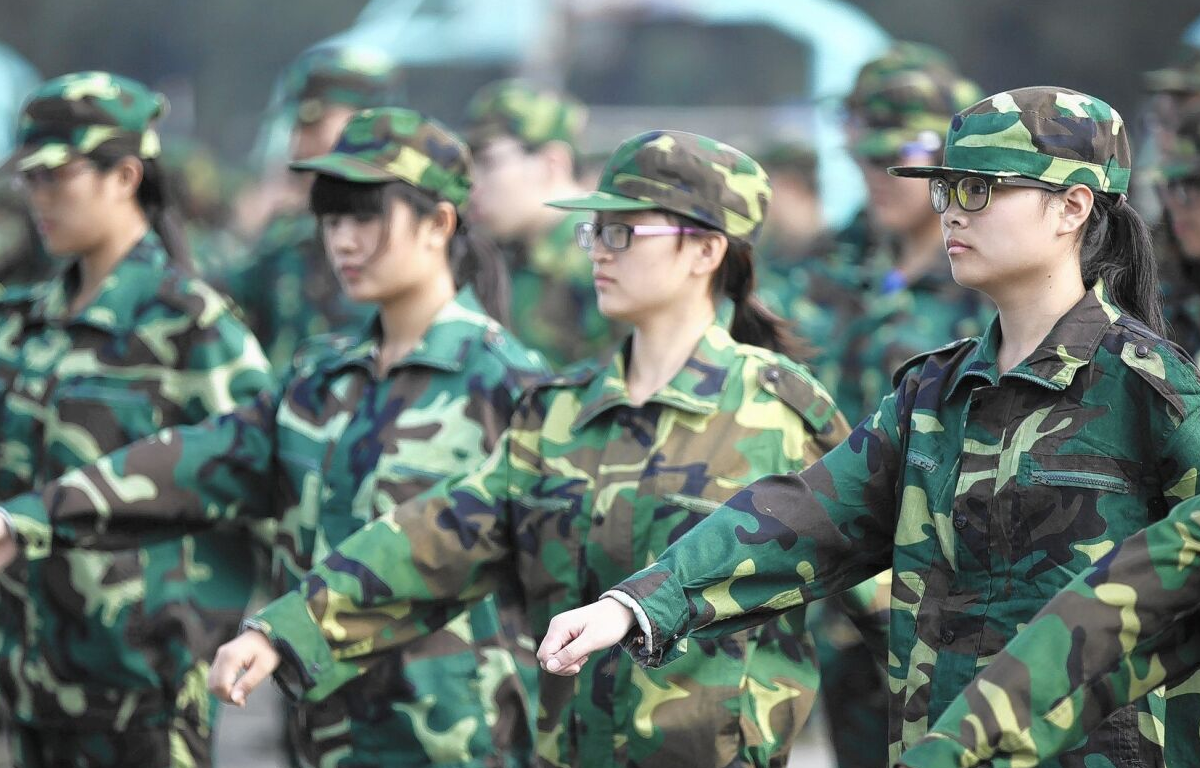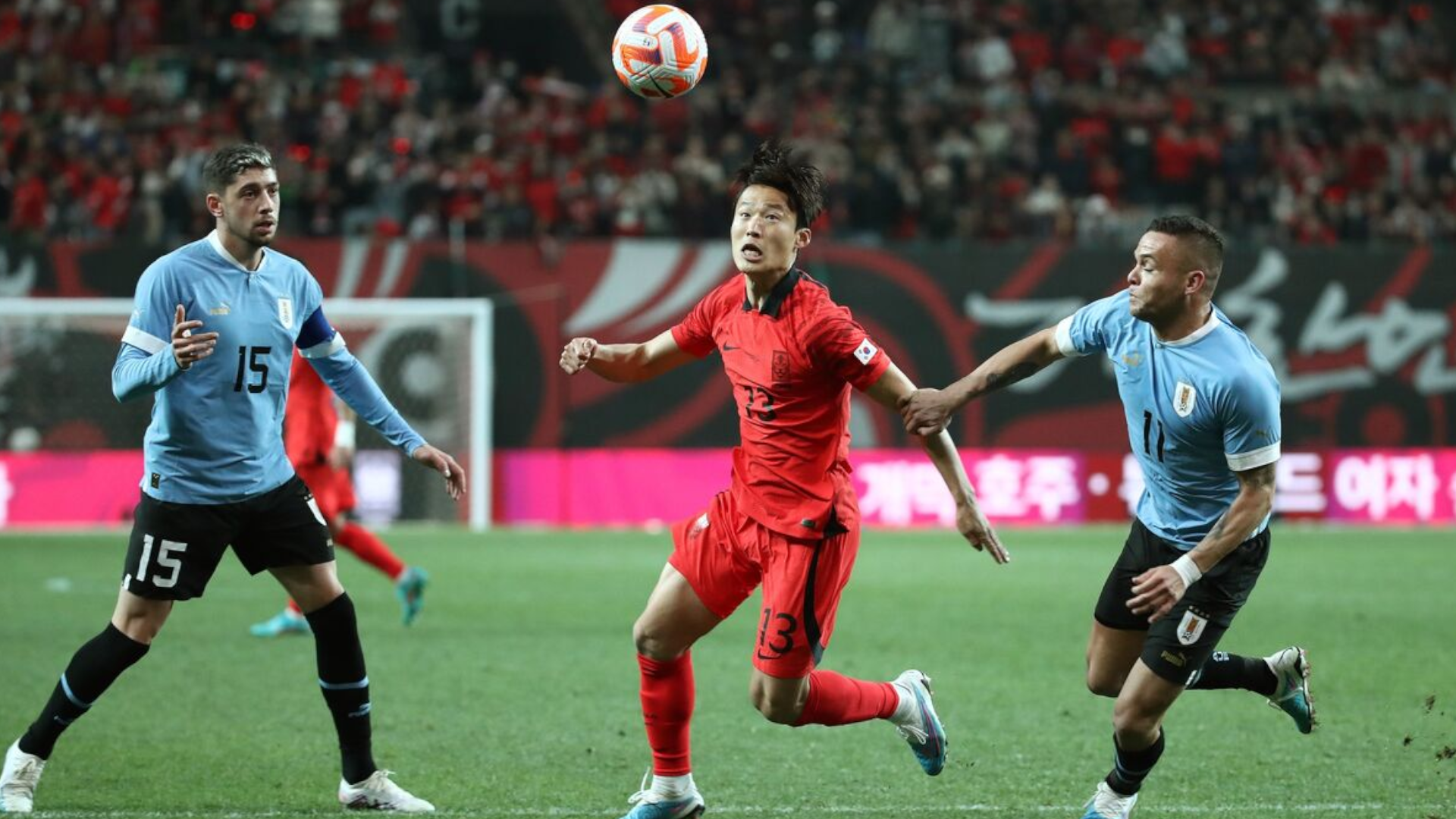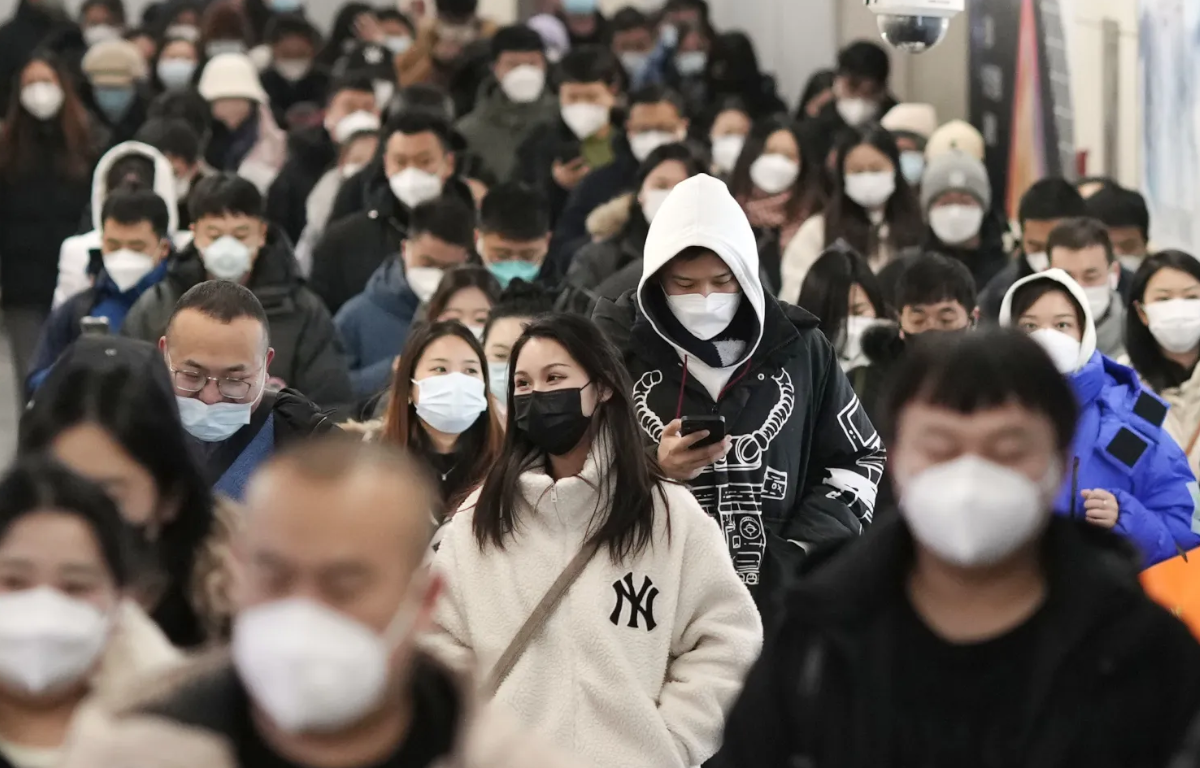
Taiwan’s foreign minister says he is preparing for conflict with China. In an interview last month, Joseph Wu said that “we are taking the Chinese military threat very seriously” and named 2027 as the year to be concerned about.
As relations between China and the US spiral ever lower, many analysts are increasingly worried that a conflict could be on the horizon and that the relationship between Taiwan and the US will be an important factor in influencing if and when China attempts to annex the self-governing island.
The CIA believes that China’s leader, Xi Jinping, has told the military to be ready to invade Taiwan by 2027. At China’s annual parliamentary meetings in March, Xi said he would build China’s military into a “great wall of steel”, but stressed the need for a “peaceful development of cross-strait relations”.
China already has the world’s largest armed forces, with about 2 million active personnel. Its navy is also the world’s biggest, with an estimated 355 active vessels compared with the US’s 296. In 2021, Vice Adm Kay-Achim Schonbach, then the commander of Germany’s navy, said China was expanding its navy by the equivalent of France’s entire navy every four years.
An invasion of Taiwan would probably rely on a naval encirclement of the island, so China’s maritime capabilities will be of particular importance to those trying to glean how capable the People’s Liberation Army (PLA) is of achieving its aim.
On 7 April the Pentagon announced a $1.7bn deal with Boeing for 400 anti-ship Harpoon missiles. The buyer is reportedly Taiwan, although this has not been officially confirmed.
Part of China’s push to modernise its armed forces has been a strategy of pursuing “military-civil fusion”, with the aim of developing the PLA into a “world-class military”. The government encourages private businesses to support the development of military technology, in everything from AI to nuclear technology to drones.
This strategy is evident in China’s shipbuilding industry. The China Shipbuilding Group Corporation accounts for a fifth of global ship production and also produces vessels for China’s navy. Such a high level of integration is “relatively uncommon”, according to the Centre for Strategic and International Studies (CSIS), a thinktank.
It also hampers the ability of outside countries to understand or limit China’s military development.
“With little transparency and differentiation between military and civilian operations, it is impossible to determine the extent to which foreign ship orders may be helping to lower the costs” of the PLA’s naval modernisation, CSIS notes.
The PLA navy has also used civilian ferries to conduct military exercises. This hampers the ability of US and Taiwanese intelligence to detect abnormal activity.
Another trend of the past decade has been China’s efforts to become self-sufficient in advanced technology, particularly arms manufacturing. After concerted efforts over a number of years to advance its technological capabilities, China now produces more than 90% of its weaponry domestically, according to the Stockholm International Peace Research Institute, a thinktank.
The ‘peace disease’
Although the Taiwan Strait would be the first obstacle, it would not be the last. The PLA would not be able to conquer Taiwan from the shoreline alone. More than 90% of Taiwan’s population lives in cities and both China and Taiwan have been bracing themselves for the possibility of a drawn-out urban conflict. In a report last year, the Institute for the Study of War noted that the PLA “has been increasing its study, training and preparation for future urban warfare”.
“We can expect those efforts to redouble and start to incorporate lessons from Russian experiences [in Ukraine],” says Elsa Kania, one of the report’s authors.
The final part of the puzzle for the PLA is its people. Although it boasts the world’s largest armed forces, its soldiers have virtually no combat experience. The last time the PLA fought a war was when China invaded Vietnam in 1979. In 2017 Xi said that what he thought about “most” was whether the army would be able to mobilise when needed.
Earlier this month, the government revised its conscription laws to allow retired service people to re-enlist. The new amendments include specific wartime provisions, including measures to quickly boost troop numbers.
Blake Herzinger, a former US navy intelligence officer who is now a fellow at the United States Studies Centre, notes that “there aren’t many militaries in the world with a lot of combat experience”, aside from Ukraine and Russia.
“The US has fought two bloody insurgencies over 20 years. But the total casualties for the US in those two wars would likely be a week’s casualties” in a conflict over Taiwan.
More important, says Herzinger, are cultural problems in the PLA, such as corruption and a rigid command structure.
In 2018, an editorial in the People’s Liberation Army Daily, the PLA’s official newspaper, said the armed forces were infected by a “peace disease”, namely corruption.
Source: https://www.theguardian.com/world/2023/may/15/chinas-war-chest-beijings-great-wall-of-steel-faces-obstacles-to-military-supremacy










Share this: